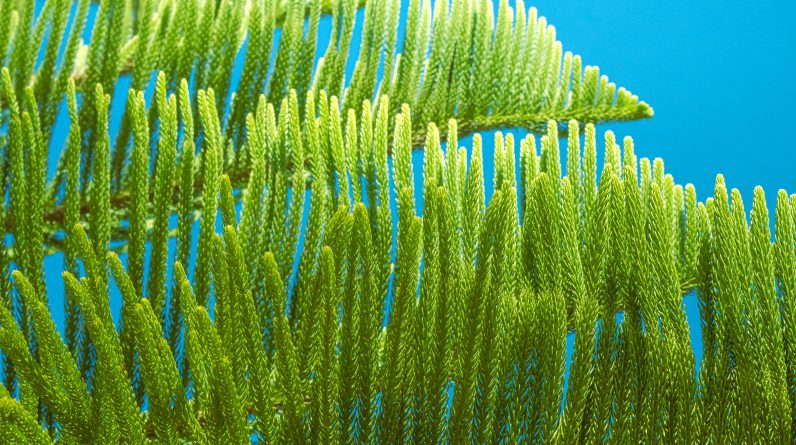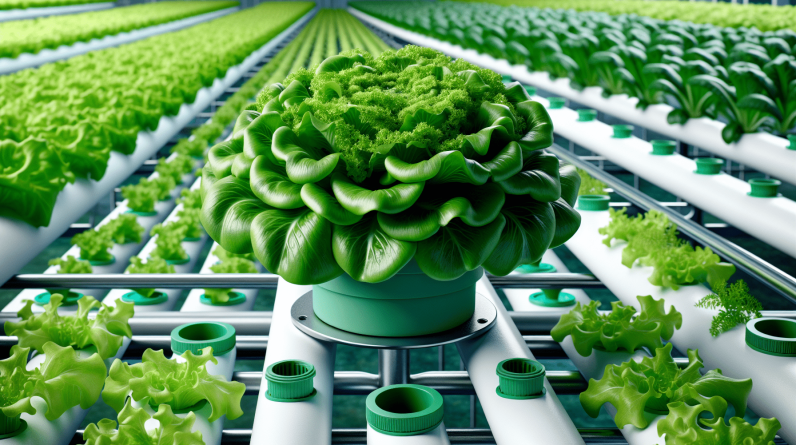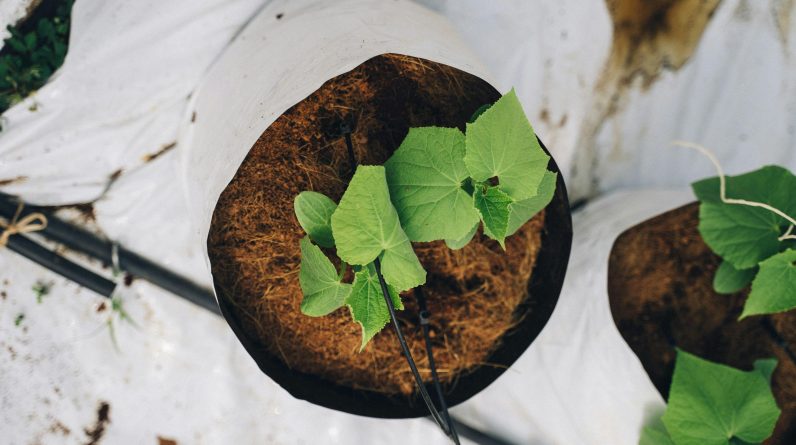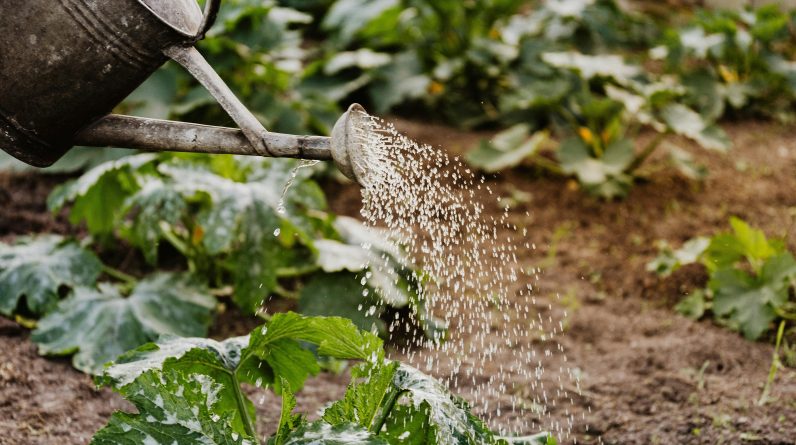
How Can You Harvest Hydroponic Crops for Maximum Freshness?
Hydroponic systems are a fantastic way to grow fresh and nutritious crops efficiently. But, to ensure that you’re getting the most out of your harvest, it’s essential to understand the best practices for harvesting hydroponic crops. Here, we’ll walk you through the process step by step, so you can enjoy the freshest produce possible from your hydroponic garden.
Understanding the Growth Cycle of Hydroponic Crops
Before we dive into harvesting, it’s crucial to have a basic understanding of the growth cycle of hydroponic crops. From germination to maturity, each plant goes through specific stages that determine when it’s ready to be harvested. By familiarizing yourself with these stages, you can ensure that you’re picking your crops at the peak of freshness.
Germination
During the germination stage, the seed begins to sprout and develop its roots. This is the initial phase of growth, and it’s crucial to monitor the progress of your seedlings closely to ensure that they’re getting the right amount of water, nutrients, and light.
Vegetative Growth
Once the seedlings have sprouted, they enter the vegetative growth stage, where they focus on developing strong roots and lush foliage. This is the stage where the plant grows in size and prepares itself for flowering and fruiting. It’s essential to maintain optimal growing conditions during this stage to support healthy growth.
Flowering and Fruiting
In the flowering and fruiting stage, the plant begins to produce flowers and fruits. This is the phase where you’ll start to see the fruits of your labor (literally). It’s crucial to pay attention to the development of flowers and fruits to determine when they are ripe and ready for harvest.
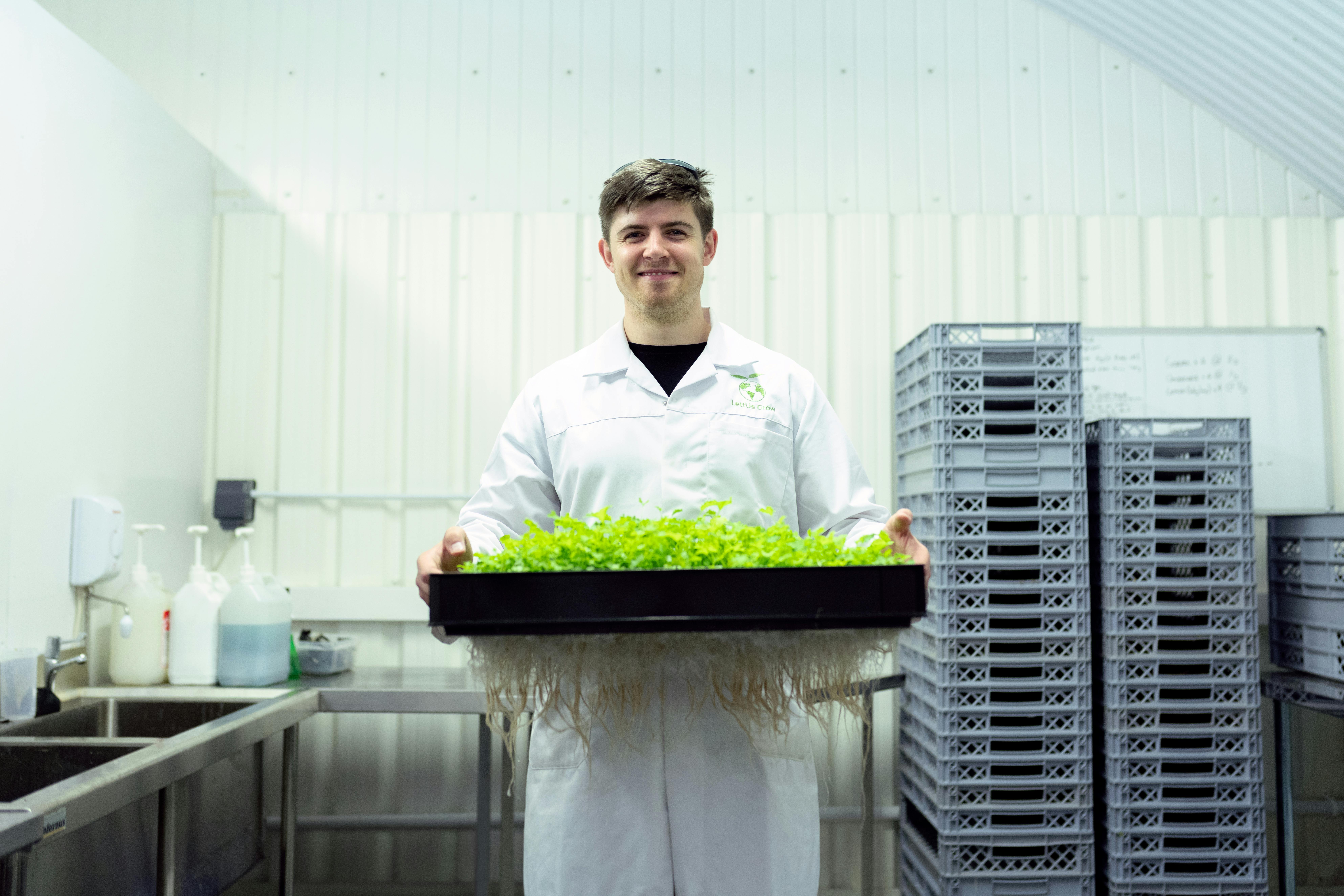
Tips for Harvesting Hydroponic Crops
Now that you have a basic understanding of the growth cycle of hydroponic crops, let’s dive into some practical tips for harvesting your fresh produce.
Time Your Harvest Correctly
Timing is crucial when it comes to harvesting hydroponic crops. You want to make sure that you’re picking your fruits and vegetables at the peak of ripeness to ensure the best flavor and nutritional value. Check the specific harvesting times for each type of crop you’re growing to determine the ideal time to pick.
Use the Right Tools
Having the appropriate tools on hand can make the harvesting process much more manageable. Sharp scissors or pruning shears are excellent for cutting through stems and leaves, while a clean, sharp knife is ideal for harvesting larger fruits and vegetables. Make sure your tools are clean and sanitized to prevent any contamination.
Handle with Care
When harvesting your hydroponic crops, it’s essential to handle them with care to avoid damaging the plant. Take your time and gently remove the produce from the plant to prevent bruising or crushing. Treat your crops with respect, and they’ll reward you with delicious flavors.
Harvest in the Morning
For the freshest produce, consider harvesting your crops in the morning when they’re at their peak freshness. Plants typically have higher water content and are more hydrated in the morning, which can enhance the flavor and texture of your harvest. Plus, harvesting in the morning can help your crops stay fresh longer.
Harvest Continuously
Rather than waiting for all your crops to ripen at once, consider harvesting continuously throughout the growing season. This can help prevent overripening and ensure that you’re enjoying fresh produce regularly. Keep an eye on your plants and harvest ripe fruits and vegetables as they become ready.
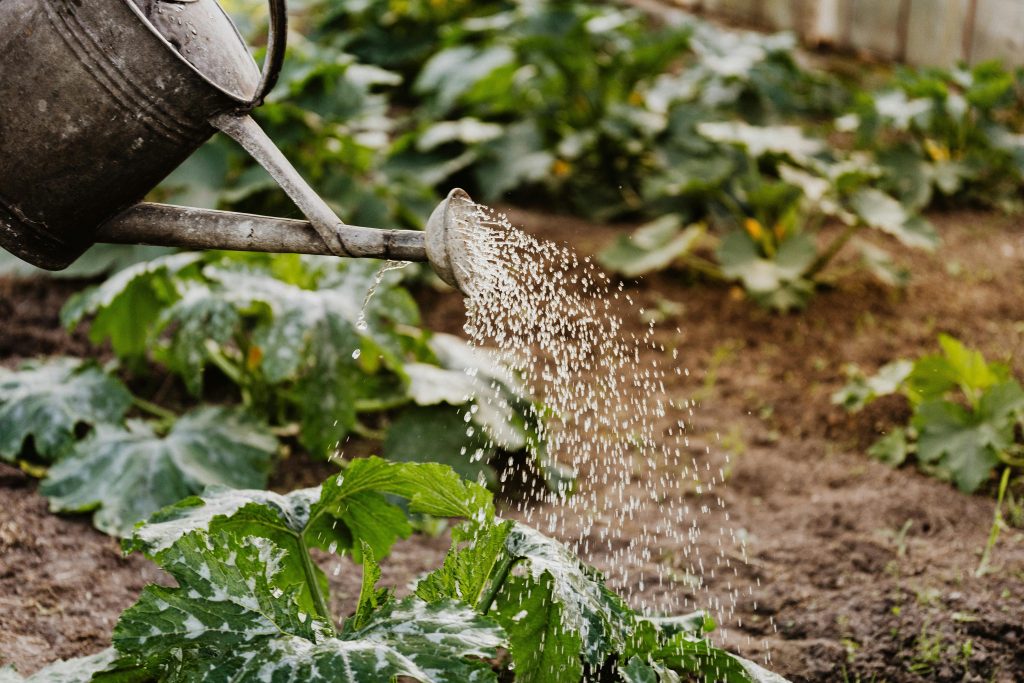
Techniques for Harvesting Different Types of Hydroponic Crops
Different types of hydroponic crops require different harvesting techniques to ensure that you’re getting the best results. Here are some tips for harvesting specific types of crops commonly grown in hydroponic systems.
Leafy Greens (Lettuce, Spinach, Kale)
Leafy greens are some of the easiest crops to harvest in a hydroponic system. To harvest these greens, simply cut the outer leaves with sharp scissors or shears, leaving the inner leaves to continue growing. This technique allows you to enjoy a continuous harvest of fresh greens without damaging the plant.
Tomatoes, Peppers, and Cucumbers
For larger fruits and vegetables like tomatoes, peppers, and cucumbers, it’s essential to handle them with care to prevent damage. Use a sharp knife to cut the stem just above the fruit, taking care not to crush the plant. Harvest these crops when they’re firm and fully ripe for the best flavor.
Herbs (Basil, Mint, Cilantro)
Herbs are delicate crops that require gentle handling during harvest. To harvest herbs like basil, mint, and cilantro, pinch off the leaves or stems just above a leaf node to encourage new growth. Avoid pulling or tearing the leaves, as this can damage the plant and reduce its vitality.
Berries (Strawberries, Blueberries, Raspberries)
Berries are a delicious addition to any hydroponic garden, but they can be a bit tricky to harvest. Use your fingers to gently pluck ripe berries from the plant, being careful not to crush or bruise them. Berries should be firm and fully ripe when harvested for the best flavor and sweetness.
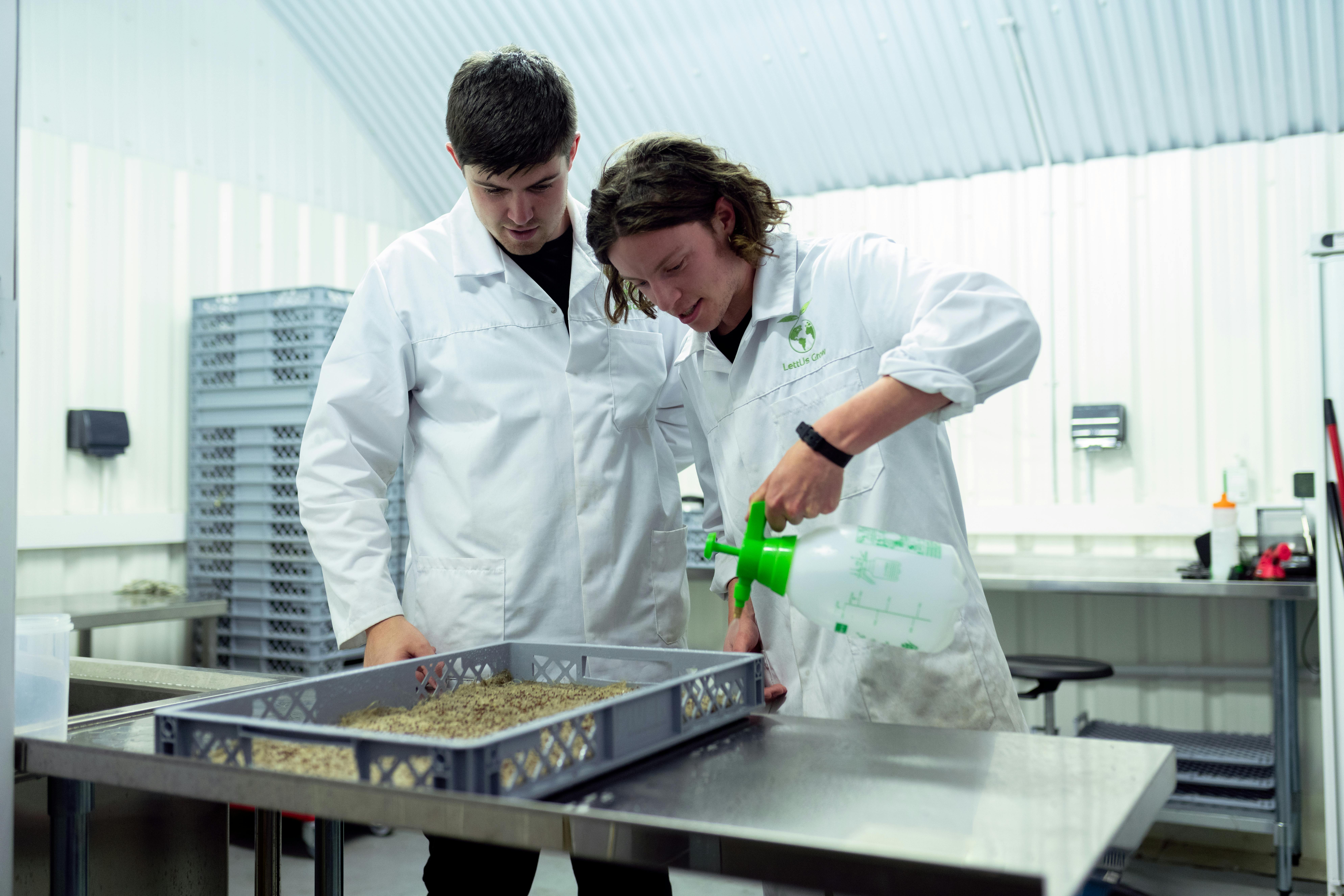
Storing and Preserving Your Harvested Hydroponic Crops
Once you’ve harvested your hydroponic crops, it’s essential to store and preserve them correctly to maintain their freshness and flavor. Here are some tips for storing and preserving your harvested produce.
Refrigerate Properly
To extend the shelf life of your harvested crops, refrigerate them promptly after harvesting. Most fruits and vegetables can be stored in the refrigerator for several days to a week, depending on the type of crop. Use airtight containers or bags to keep your produce fresh and crisp.
Blanch and Freeze
If you have a surplus of produce that you won’t be able to consume right away, consider blanching and freezing them for long-term storage. Blanching involves briefly boiling the vegetables before freezing them to preserve their color, flavor, and nutrients. Frozen fruits and vegetables can last for several months in the freezer.
Can or Preserve
Another option for preserving your harvested crops is canning or preserving them in jars. This method allows you to enjoy your fresh produce long after the growing season has ended. Follow safe canning practices to ensure that your canned goods are shelf-stable and safe to eat.
Dry or Dehydrate
Drying or dehydrating your harvested herbs and fruits is another excellent way to extend their shelf life and enhance their flavor. Use a dehydrator or oven to remove moisture from the produce, making them suitable for long-term storage. Dried herbs can be used in cooking, while dried fruits make tasty snacks.
Pickle or Ferment
For a tangy twist on your harvested vegetables, consider pickling or fermenting them. Pickling involves preserving vegetables in vinegar, salt, and spices, while fermenting uses beneficial bacteria to create probiotic-rich foods. Pickled and fermented vegetables can add depth and flavor to meals and are an excellent way to preserve your harvest.
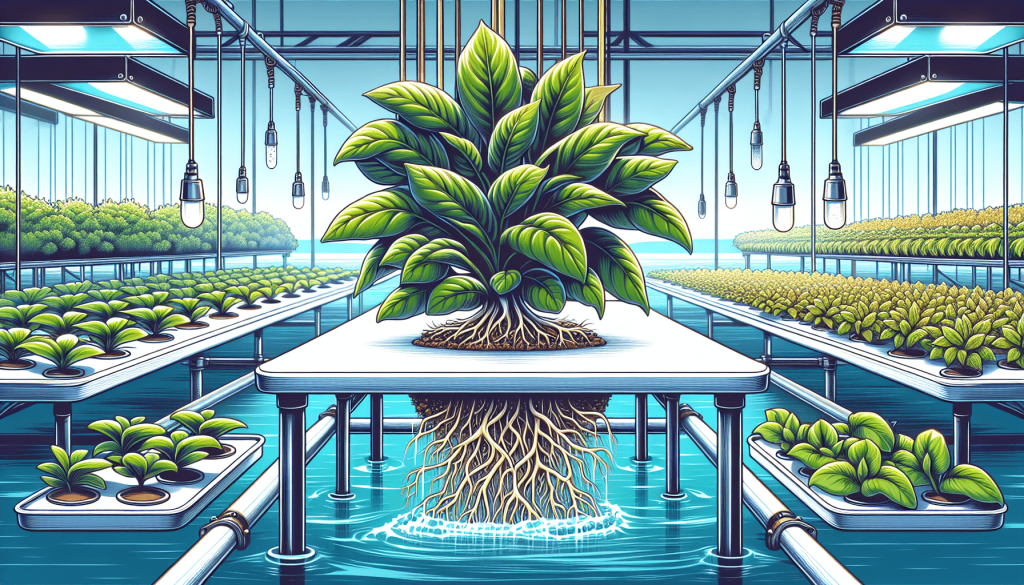
Conclusion
Harvesting your hydroponic crops at the peak of freshness allows you to enjoy the best flavor and nutritional value from your garden. By understanding the growth cycle of your plants, using the right tools and techniques, and properly storing your harvested produce, you can savor the fruits of your labor for weeks and months to come. Experiment with different harvesting methods and preservation techniques to find what works best for your hydroponic garden. Happy harvesting!







